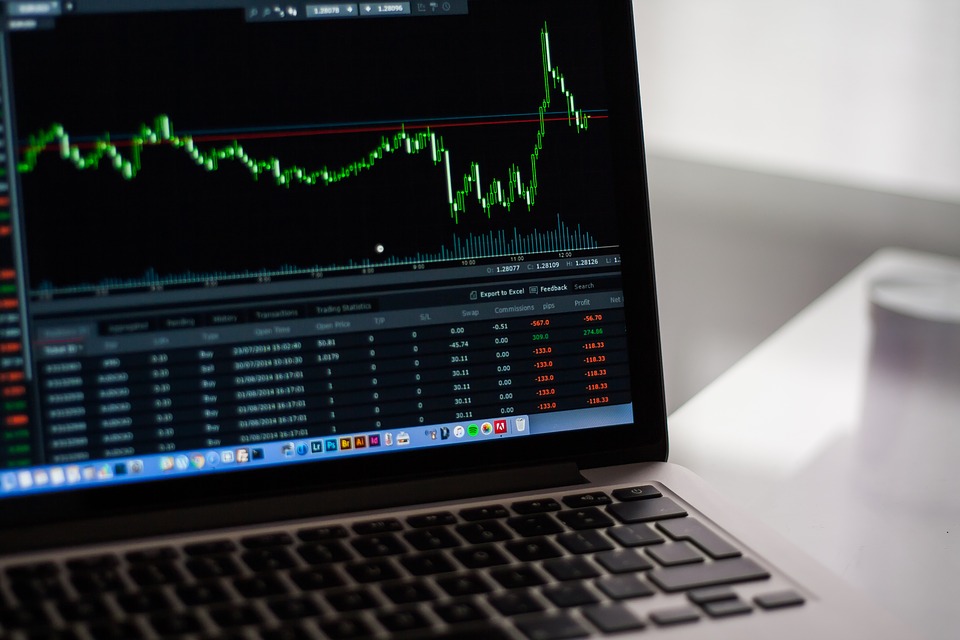Swissquote Bank: Souring investor mood
Swissquote Bank: Souring investor mood

By Ipek Ozkardeskaya, Senior Analyst at Swissquote Bank
US stock indices extended gains on Tuesday. The S&P500 gained 3.06% and Nasdaq rallied 3.95% as technology stocks led gains. Big banks were among the worst performers of the New York session, followed by energy stocks.
US banks were offered after the first corporate results showed that bank profits were hit by sizeable $12+ trillion loan-loss provisions from potential payment defects from credit-card borrowers and oil companies. Banks must also shoulder a prolonged period of very low interest rates amid the back-to-back interest rate cuts in the US and elsewhere to fight the coronavirus-led economic slowdown. Trading revenue however helped JP Morgan (-2.84%) keeping its head out of water as expected, while Wells Fargo beat interest income consensus surprisingly. Bank of America, Goldman Sachs and Citi will report earnings today, Morgan Stanley will report on Thursday.
WTI crude (-7.36%) shortly slipped below the $20 a barrel on Tuesday after the OPEC+ decision to cut the joint production by 9.8 million barrels per day was booed by investors. Fading expectations of a meaningful supply-side intervention, combined to uncertainties regarding how long the slump in global oil demand may last should continue weighing on oil prices. Under these circumstances, oil producers have interest in revisiting their decision, given that lower daily production combined with lower market price will only hurt revenues across the board. But for now, there is no such hope. Hence, price advances past the $23 mark could open interesting top-selling windows for oil bears. The downside potential remains capped near the $20 level however, as a decline below this level signifies a naturally curbed production in most oil producer nations, where pumping oil becomes economically dull.
Stocks were mixed in Asia. The ASX 200 fell 0.93% after NAB business confidence index recorded a historic fall of -66 versus -2 printed a month earlier, while Westpac’s consumer index slumped 17.7% in April versus -3.8% a month ago. Stocks in China were flat-to-negative as yuan fell on the announcement of further stimulus measures from the People’s Bank of China (PBoC). The Nikkei slid 0.4%.
Meanwhile, news on how long and how deep the coronavirus-led recession should continue hitting the global headlines and sour the investor mood. The IMF warned yesterday that the economic recession which will follow the ‘Great Lockdown’ will be the steepest in a century, while the British Office for Budget Responsibility (OBR) said the UK’s economy could contract as much as 35% in the second quarter of this year, the worst since 1956. Leading banks also expect over 30% decline in growth in developed economies in the second quarter and the numbers are perhaps not an exaggeration.
Under these circumstances, and with looming first quarter corporate earnings, recent gains we have seen in equity markets could be the calm before the storm. Investors could close their positions and run to safety in the blink of an eye. This explains why safe haven assets are curiously bid despite solid gains across global equities.
For now though, there is no alarming signs of an imminent, meaningful sell-off in equities. Activity in FTSE futures (-0.03%) hint at a flat-to-negative start in London. DAX futures (+0.28%) point at a slightly bullish start, while US equities could retrace a part of yesterday's gains, but the downside appears to be limited with Dow (-0.47%) and Nasdaq (-0.37%) futures trading less than 0.50% in the negative.
On the safe-haven side, the USDJPY is testing the 107 support and the USDCHF slipped below the 0.96 mark for the first time in two weeks.
COMEX gold soared to $1788 an ounce on Tuesday. The strengthening positive momentum hints that a further rise toward the $1800 could be a piece of cake in case of a sudden downturn in global risk appetite.
The US dollar is under the pressure of the ballooning Federal Reserve (Fed) balance sheet.
Softening US dollar gives a certain boost to the euro and the pound, which are preparing to test two-week highs against the greenback, though halfheartedly, given that discussions of an extended period of lockdown on both sides of the Channel increase uncertainties regarding the activity slump, especially in heavily service-led economies.
Technically, the EURUSD is ready to take out the 1.10 resistance. Stops above this level could give an additional positive spin to the single currency and encourage a further rise towards at the 200-day moving average (1.1032). But offers will likely enter the game near this level.
Cable on the other hand could extend gains toward its 200-day moving average (1.2720), but the pair will likely bump into decent offers within the 1.27/1.30 range, given that the service-heavy British economy will likely suffer heavy losses following the coronavirus-led lockdown, as hefty job, hence revenue losses could prevent consumers from hitting the shops and restaurants when they open again, and leave weakened businesses faced with a prolonged period of anemic demand.




